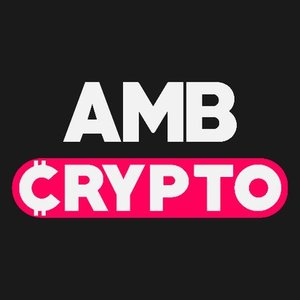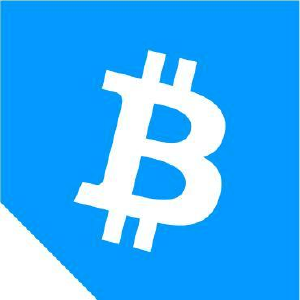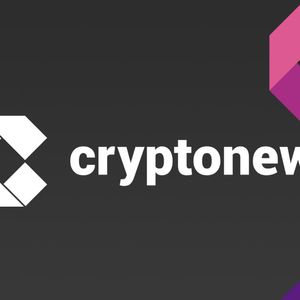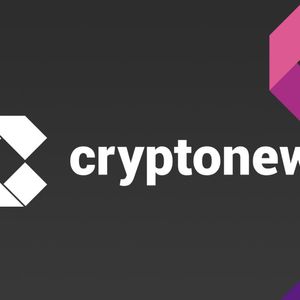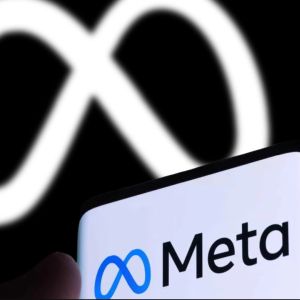Every user in Web3 interacts differently with decentralized finance. Traders often prioritise speed, while liquidity providers focus on efficient asset allocation and security. Developers, meanwhile, need infrastructure that reduces complexity when building cross-chain tools. The challenge is that many crypto presale projects highlight innovation but struggle to solve the real frictions across DeFi. Mono Protocol enters the scene, aiming to address these barriers through a modular, chain-abstracted approach that’s already drawing strong engagement in its ongoing presale. How Mono Protocol’s ecosystem solves DeFi pain points The 2025 crypto presale market features countless projects, yet few focus on solving structural DeFi challenges. Mono Protocol takes a different path, offering infrastructure-level solutions to unify the blockchain ecosystem. One of the biggest issues users face is multi-chain fragmentation. Assets are scattered across networks, making transfers inefficient. Mono Protocol simplifies this by offering seamless asset management across chains. Bridging is another pain point. Long wait times and high fees often make moving tokens between networks inconvenient. Through its integrated infrastructure, Mono Protocol reduces those inefficiencies, ensuring faster and more reliable execution. It also addresses MEV exploitation, a problem that frequently causes value loss for traders. Mono Protocol’s architecture is designed to minimise these vulnerabilities, protecting users from front-running and sandwich attacks. Finally, developers benefit from simplified tools that reduce the need for complex infrastructure, helping them deploy and scale cross-chain applications more efficiently. Together, these solutions position Mono Protocol as one of the few crypto presales solving practical problems rather than just introducing another token. Momentum builds as stage 15 nears completion Momentum is often an indicator of strong market confidence in a presale’s long-term potential. Mono Protocol’s Stage 15 demonstrates this clearly. This stage prices tokens at $0.0450, ahead of a planned launch price of $0.500, offering early participants a significant advantage. The consistent participation from both retail and institutional investors suggests growing confidence in Mono Protocol’s model and its long-term utility. What’s notable is the inclusivity of the presale. Participants can use over 200 different assets to purchase tokens, lowering entry barriers for users from ecosystems such as Ethereum, BNB Chain, and Polygon. This flexibility highlights Mono Protocol’s focus on accessibility — a feature many competing presales overlook. Mono Protocol is gearing up for a major phase of development with three key events ahead. The Smart Contract Audit begins on October 30, ensuring transparency and system reliability. Next, the Launch Beta kicks off on November 7, allowing users to explore and test the platform’s new features. Finally, on November 13, the CEO Announcement and AMA will connect the team with the community to share exciting updates and upcoming plans. Each event marks progress toward building a seamless and dependable Web3 experience. Connect and grow in Mono Protocol’s reward hub Join Mono Protocol’s Reward Hub and explore a world where participation equals progress. Complete social, referral, and presale challenges to earn bonus $MONO and access special promo codes. Each daily and weekly task helps you advance faster while staying connected to the community. The Reward Hub isn’t just about earning, it’s about being part of a collective vision for a unified Web3. Start today and experience how interaction becomes innovation within Mono Protocol’s ecosystem. Web3 integrations strengthening cross-chain infrastructure Mono Protocol’s vision extends beyond token sales. Its partnerships with key Web3 players form the foundation of its interoperability network. The first is LI.FI, a leading cross-chain bridge aggregator. Through this integration, Mono Protocol ensures smoother asset transfers and better liquidity aggregation across blockchains. The second is Celestia, which brings modular scalability. By separating consensus and data availability layers, it allows Mono Protocol to scale operations without compromising decentralization. Lastly, Chainlink integration adds secure and verifiable oracle data, ensuring accurate on-chain information for pricing and execution. Together, these integrations create a foundation that combines performance, security, and decentralization — elements critical for sustainable Web3 growth. Why Mono Protocol stands out in 2025’s presale market While many crypto presales rely on hype, Mono Protocol focuses on function. It directly addresses real issues that limit DeFi’s accessibility and scalability, creating infrastructure-level value that goes beyond speculation. With Stage 14 raised $2.6M, the project’s steady progress and technical depth suggest strong alignment between market demand and real-world application. Its integrations with LI.FI, Celestia, and Chainlink add credibility to its mission of making DeFi and Web3 development more efficient, secure, and connected. For anyone tracking the 2025 presale landscape, Mono Protocol stands out not for promises of quick returns, but for its potential to reshape how blockchain ecosystems communicate and transact. Learn more about Mono Protocol: Website: https://monoprotocol.com/ X: https://x.com/mono_protocol Telegram: https://t.me/monoprotocol_official LinkedIn: https://www.linkedin.com/company/monoprotocol/ The post New rewards & community developments lead Mono Protocol’s early momentum as presale continues upward momentum appeared first on Invezz



